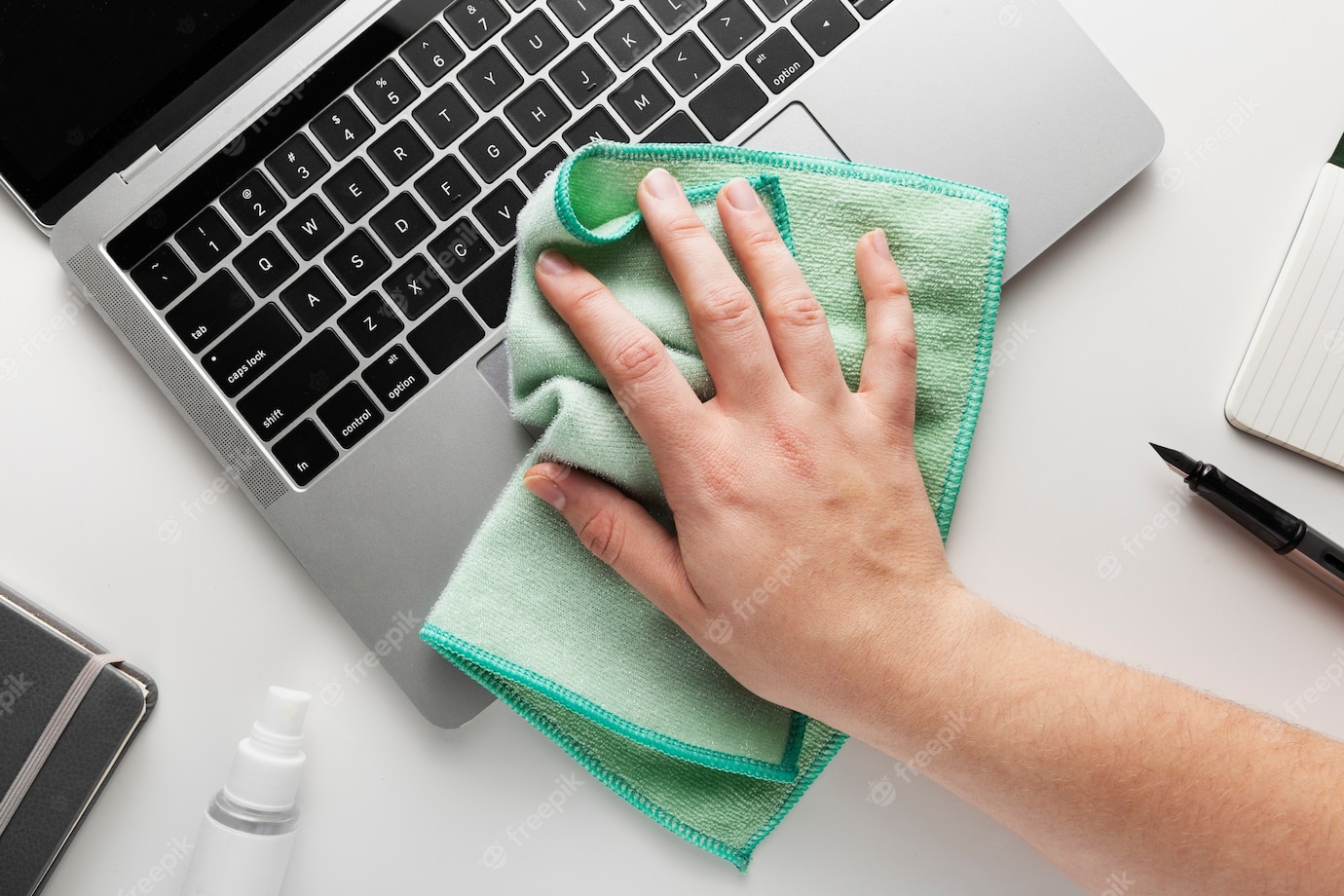Regular office cleaning is important for a few different reasons. Not only does it help maintain a clean and professional work environment that keeps your employees healthy and productive, but it also gives prospective clients and customers a positive impression of your company. However, the importance placed on the hygiene and cleanliness of your office is only emphasized during flu season.
This can be a very challenging time for workplaces as the spread of germs and viruses can significantly affect the well-being of workers, while also the number of absences in your company. There are many ways to mitigate the spread and transmission of the flu in your workplace, but one of the most effective ways is to implement effective cleaning and sanitization protocols. Here are some key strategies that you can try out.
Enhanced Cleaning Practices
During flu season, it’s best to increase the frequency and thoroughness of your existing office cleaning practices. Apart from this, make sure that your comprehensive cleaning checklist pays special attention to high touch areas like doorknobs, light switches, electronics, telephones and shared equipment as these can harbor different pathogens and increase the risk of transmission.
When cleaning these, make sure to use the appropriate disinfectants that are effective in removing the germs that could cause the flu virus. Make sure that shared spaces and heavy traffic areas such as conference rooms and office restrooms are also regularly cleaned and disinfected. And if needed, increase the amount of trash bins in the office to make these more accessible for employees’ used tissues and empty these out regularly.
With the number of items we touch on a daily basis, our hands can harbor a wide range of bacteria and germs without our knowledge. This is especially dangerous during the flu season, which is why hand hygiene plays a significant role in preventing the spread of the flu around the office. Encourage your employees to practice…
Read the full article here

Leave a Reply